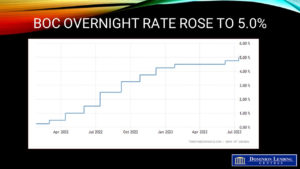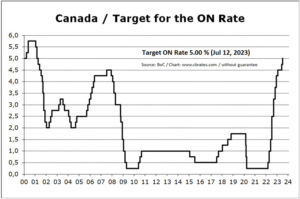
When traditional lenders, such as banks or credit unions, deny mortgage financing, it can be easy to feel discouraged. However, there is always an alternative!
If you’re seeking a mortgage, but your application doesn’t fit into the box of the big traditional institutions, you’ll find yourself in what’s commonly referred to in the industry as the “Alternative-A” or “B” lending space. These lenders come in three classifications:
- Alt-A lenders consist of banks, trust companies and monoline lenders. Large institutional lenders are regulated provincially and federally but have products that may speak to consumers who require broader qualifying criteria to obtain a mortgage.
- MICs (Mortgage Investment Companies) are much like Alt-A lenders. Still, they are organized per the Income Tax Act with an incorporated lending company consisting of individual shareholder investors pooling money together to lend on mortgages. These lenders follow particular qualifying lending criteria but operate with a broader qualifying regime.
- Private Lenders are typically individual investors who lend their funds but can sometimes also be a company formed specifically to lend money for mortgages that carry a higher risk of default relative to a borrower’s situation. These lenders are generally unregulated and cater to those with a higher risk profile.
All classifications noted above price based on risk when it comes to a mortgage. The more broad the guidelines are for a particular mortgage contract, the more the lender assumes. This, in turn, will have a higher cost to the borrower, typically in the form of a higher interest rate and possibly a lender fee.
Before considering an alternative mortgage, here are some questions you should ask yourself:
- What issue keeps me from qualifying for a traditional “A” mortgage today?
- How long will I correct this issue and qualify for a traditional lender mortgage?
- How much do I have to improve my credit situation or score?
- How much do I currently have available as a down payment?
- Should I wait until I can qualify for a regular mortgage, or do I want/need to get into a certain home today?
- Is this mortgage sustainable? Can I afford the higher interest rate and payments?
- Can I exit this lender if the lender does not renew, or can I not afford this alternative option much longer?
Suppose you are ready to go ahead with an alternative mortgage due to a weaker credit score, or you don’t want to wait until you can qualify with a traditional lender. In that case, these are some additional questions to ask when reviewing an alternative mortgage product:
- How high is the interest rate? What are the fees involved, and are these fees paid from the proceeds, added to the balance or paid out of pocket
- What is the penalty for missed mortgage payments? How are they calculated? What is the cost to get out of the mortgage altogether?
- Is there a prepayment privilege? For example, can you avoid penalties if you give the lender a higher mortgage payment once a month?
- What is the cost of each monthly mortgage payment?
- What happens at the end of the term? Is a renewal an option, and what are the costs to renew if applicable?
- What is the fine print?
When it comes to the alternative lending space, things can get complex. Contact us today if you have been turned away from the bank! We can help you source out various mortgage products and review the rates and terms to ensure it is the best fit for you!
Have any questions or are looking for mortgage assistance? Contact us today at 604-552-6190 or email us at support@primexmortgages.com
CLICK HERE to book a quick call to review your mortgage!
Trish & The Primex Team





